To provide the best experiences, we use technologies like cookies to store and/or access device information. Consenting to these technologies will allow us to process data such as browsing behaviour or unique IDs on this site. Not consenting or withdrawing consent, may adversely affect certain features and functions.
The technical storage or access is strictly necessary for the legitimate purpose of enabling the use of a specific service explicitly requested by the subscriber or user, or for the sole purpose of carrying out the transmission of a communication over an electronic communications network.
The technical storage or access is necessary for the legitimate purpose of storing preferences that are not requested by the subscriber or user.
The technical storage or access that is used exclusively for statistical purposes.
The technical storage or access that is used exclusively for anonymous statistical purposes. Without a subpoena, voluntary compliance on the part of your Internet Service Provider, or additional records from a third party, information stored or retrieved for this purpose alone cannot usually be used to identify you.
The technical storage or access is required to create user profiles to send advertising, or to track the user on a website or across several websites for similar marketing purposes.


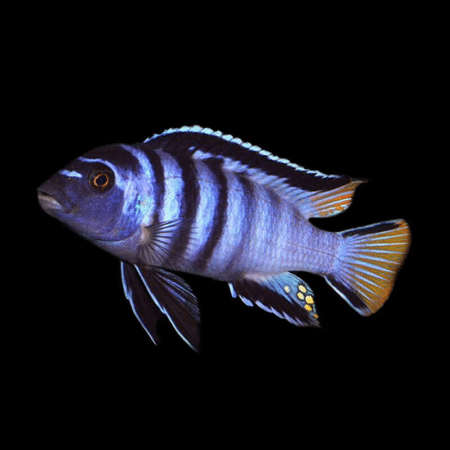
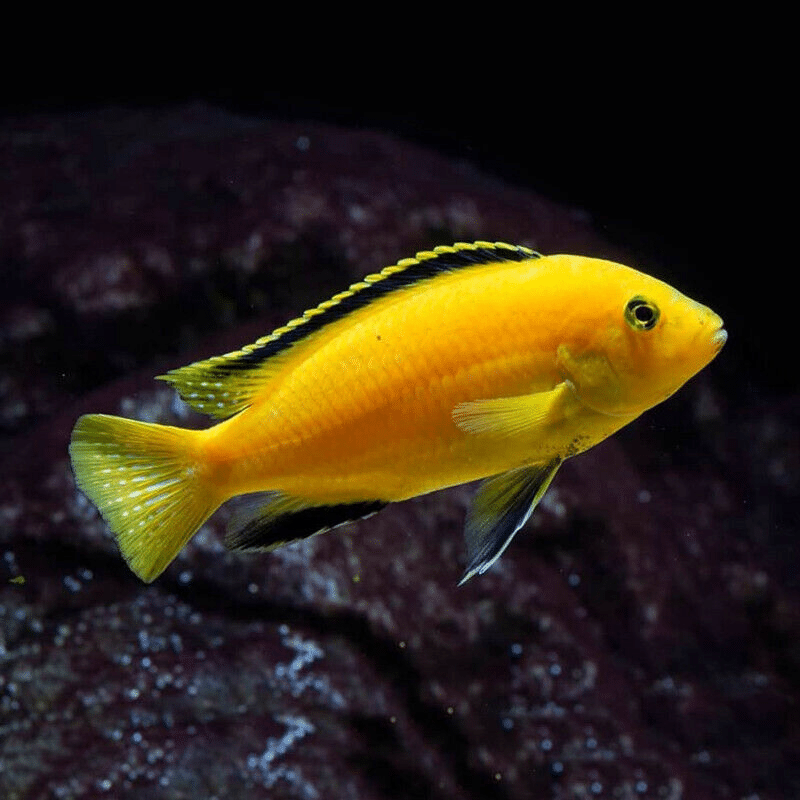
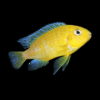
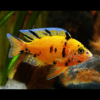


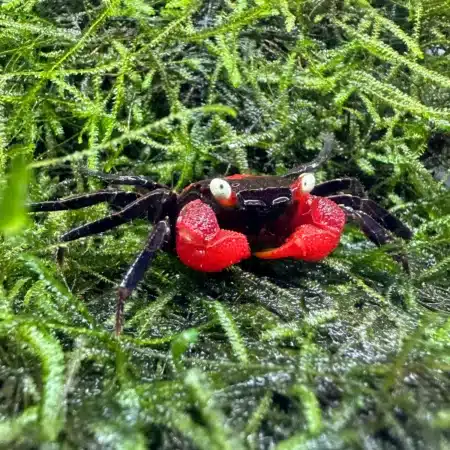




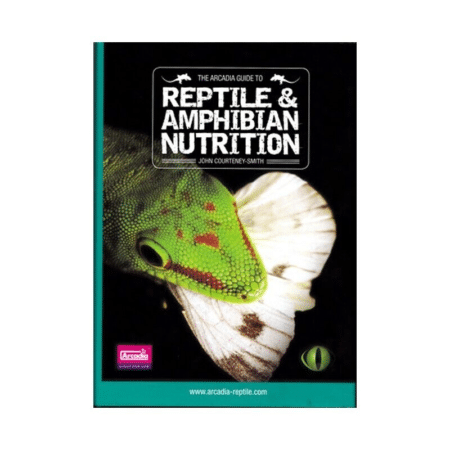
Mike Thompson (verified owner) –
I recently added a few Yellow Lab Cichlids (Labidochromis Caeruleus) to my aquarium, and I couldn’t be happier! These vibrant little guys not only brighten up the tank with their stunning yellow coloration but also have such lively personalities. I’ve been an aquarium enthusiast for over five years, and I’ve kept various Malawi cichlids, but the Yellow Labs truly stand out. They’re active swimmers, always exploring and foraging, which keeps the environment dynamic and engaging.
After about two weeks in my 55-gallon tank, they adapted beautifully to their new home. I noticed them getting along well with my other cichlids, which had been a concern because I’ve read some can be territorial. The peaceful nature of these Malawi cichlids makes them suitable for both beginners and experienced aquarists alike.
The only minor issue I faced was their initial shyness during feeding times, but after a short while, they became quite competitive! If you’re thinking about bringing some color and life into your aquarium, I wholeheartedly recommend the Yellow Lab Cichlid. Just ensure your tank has plenty of hiding spots and space to swim. They really do thrive in a well-maintained environment. Fantastic addition to my aquarium and I would definitely purchase again!